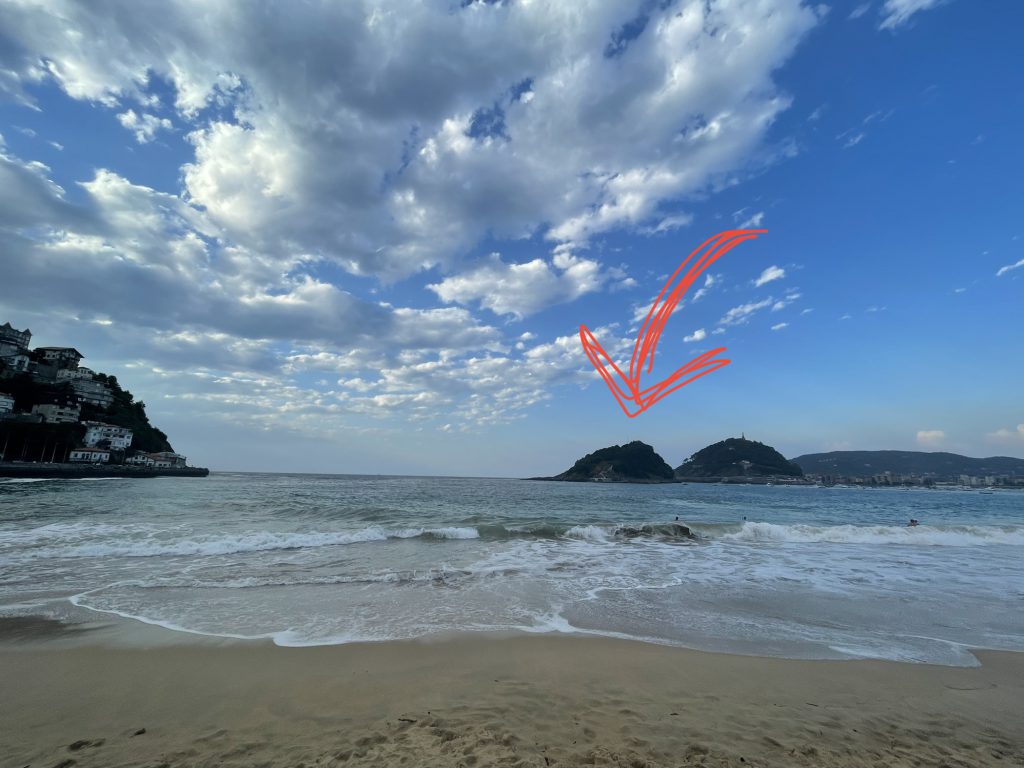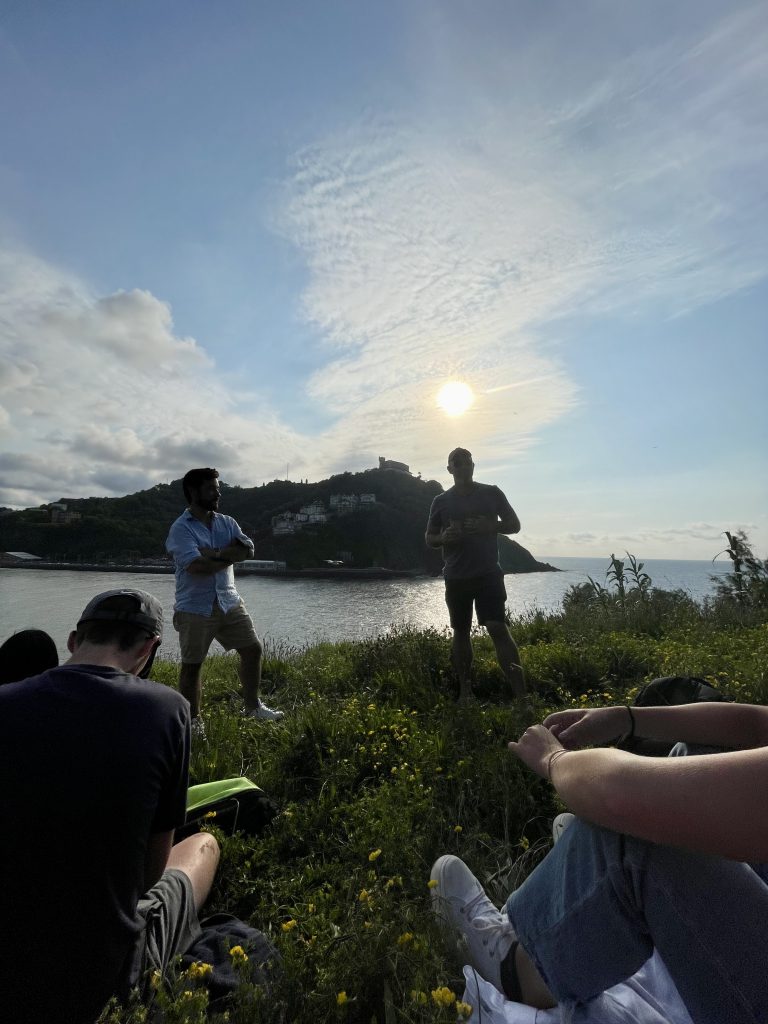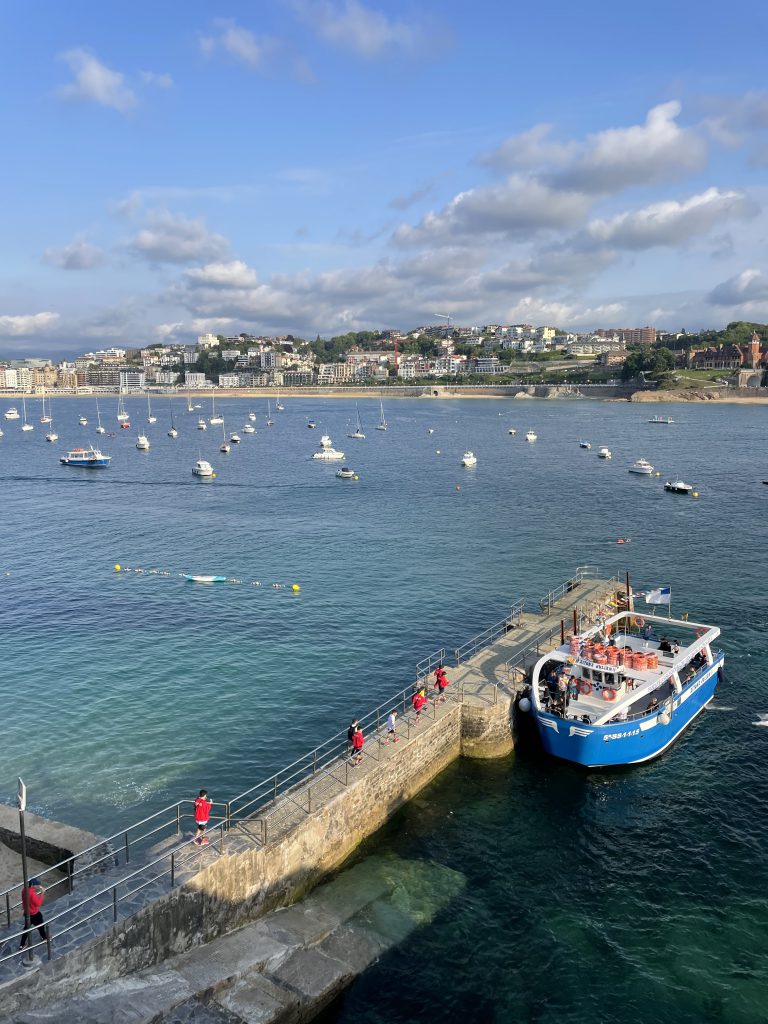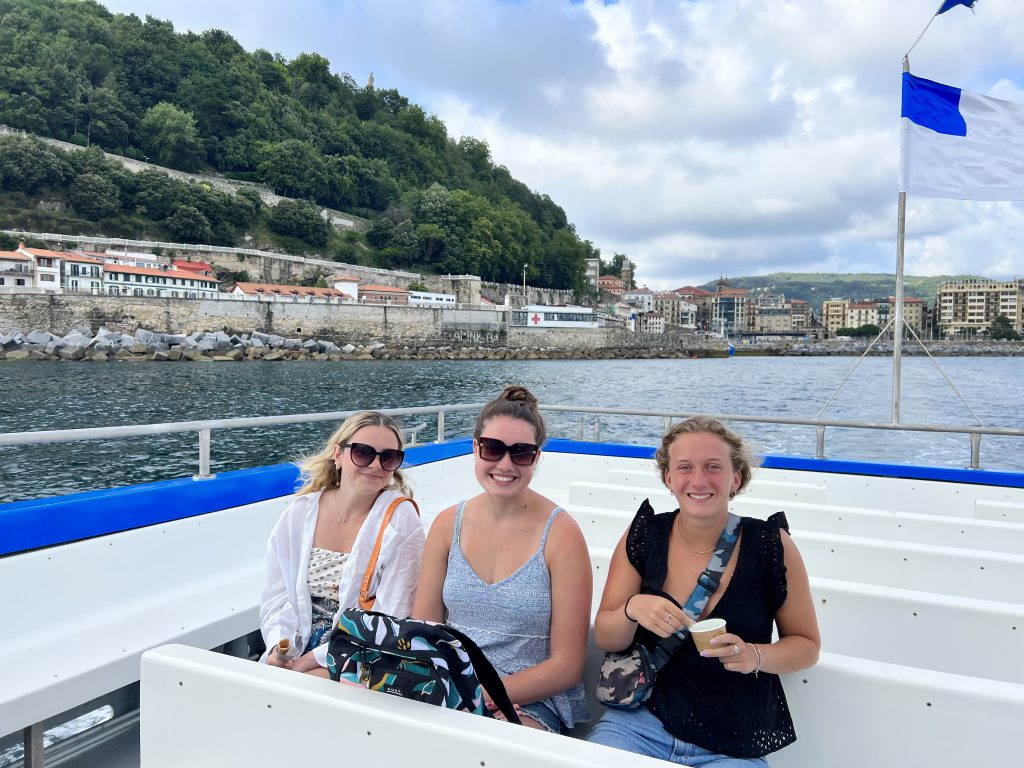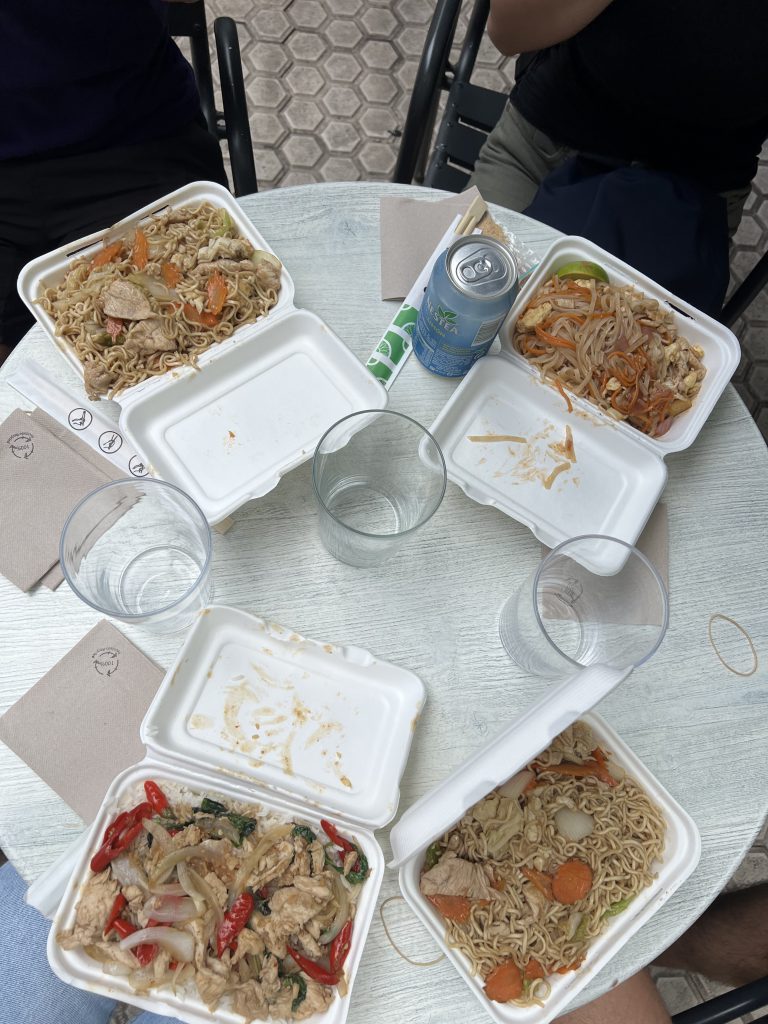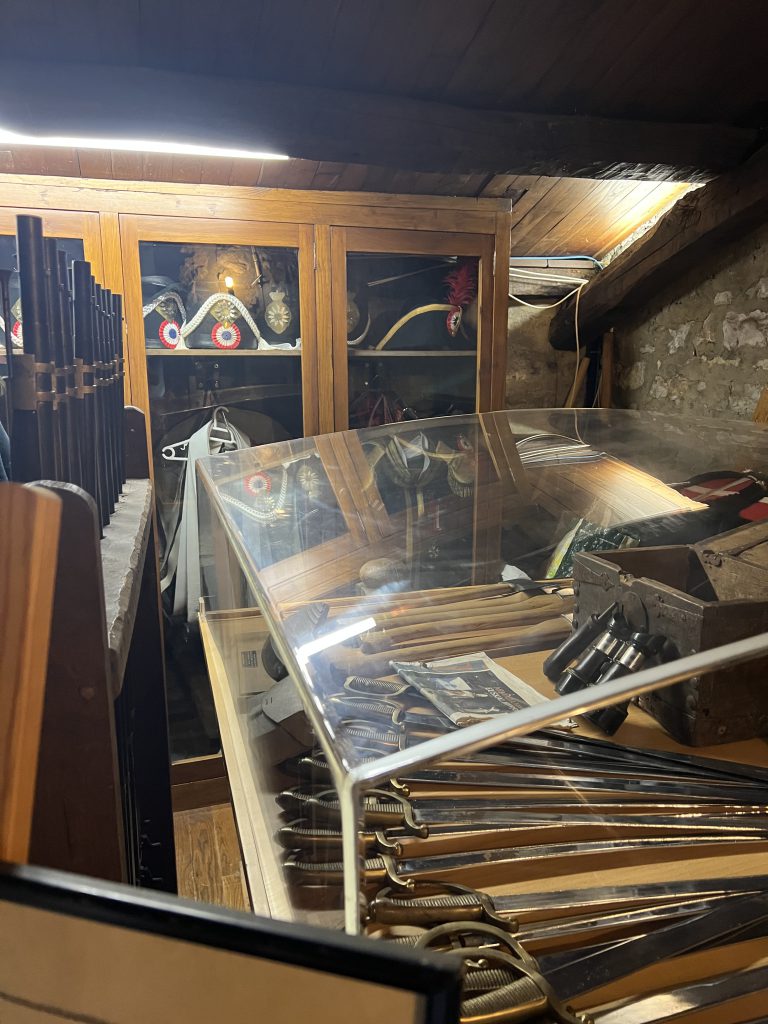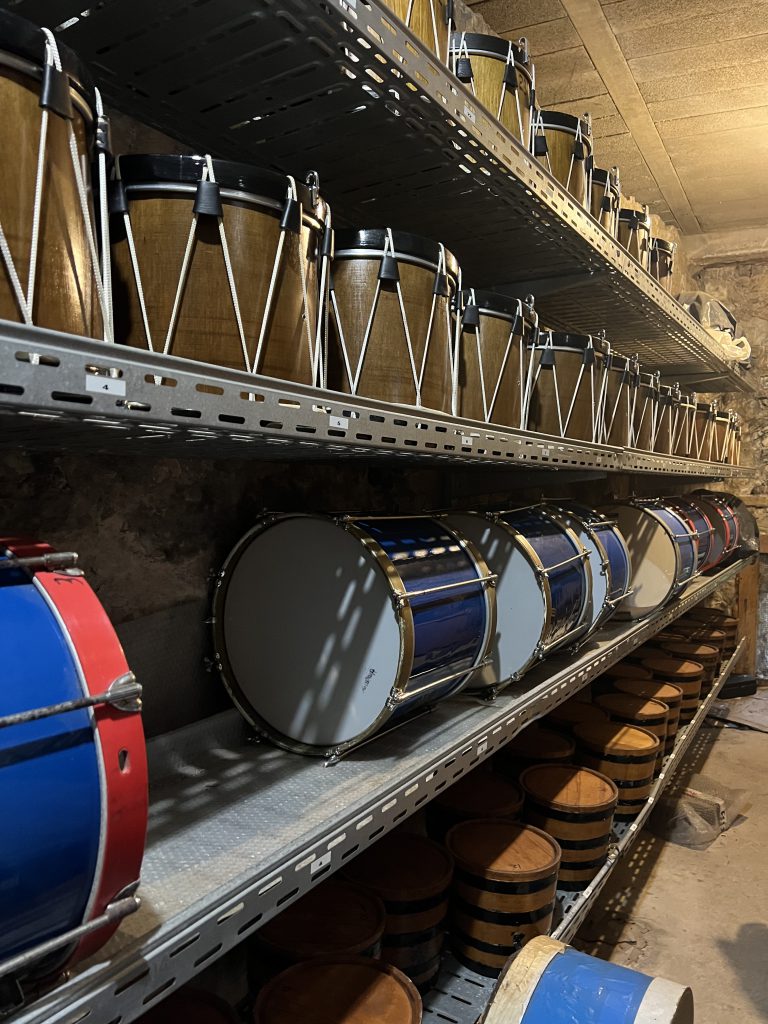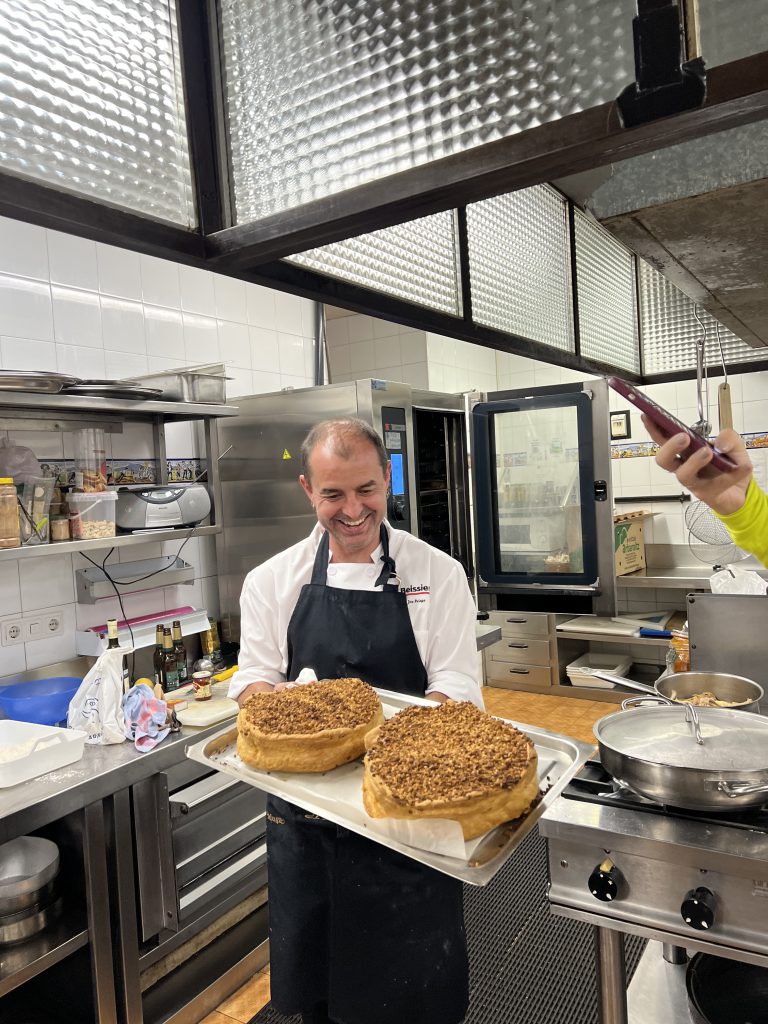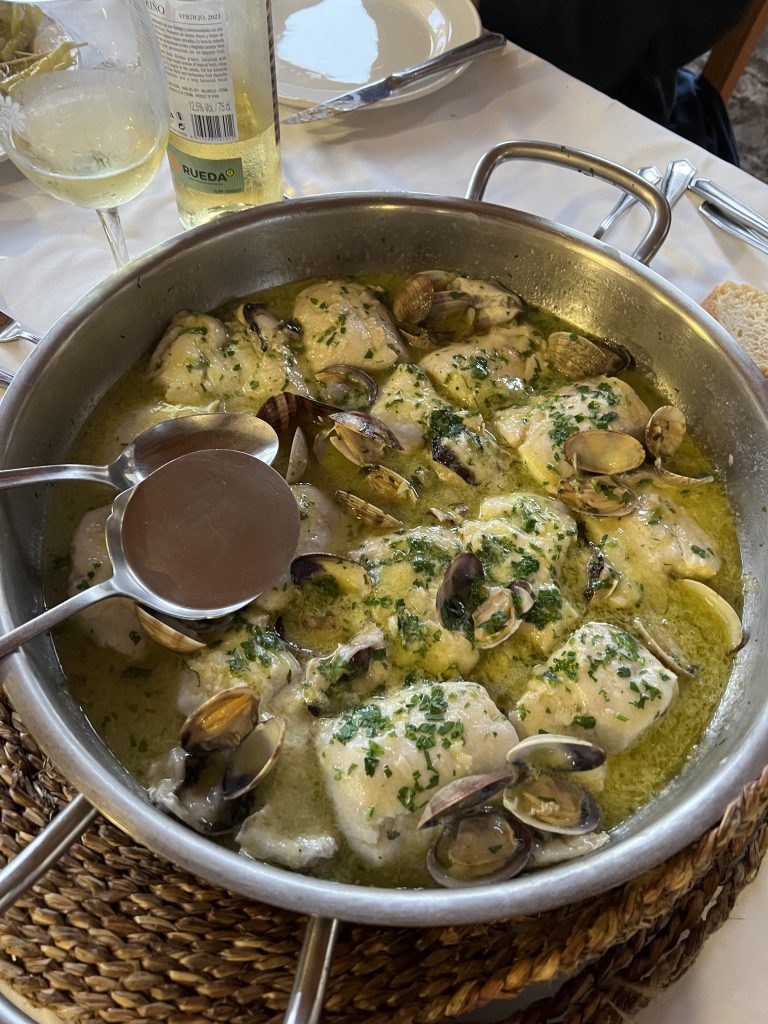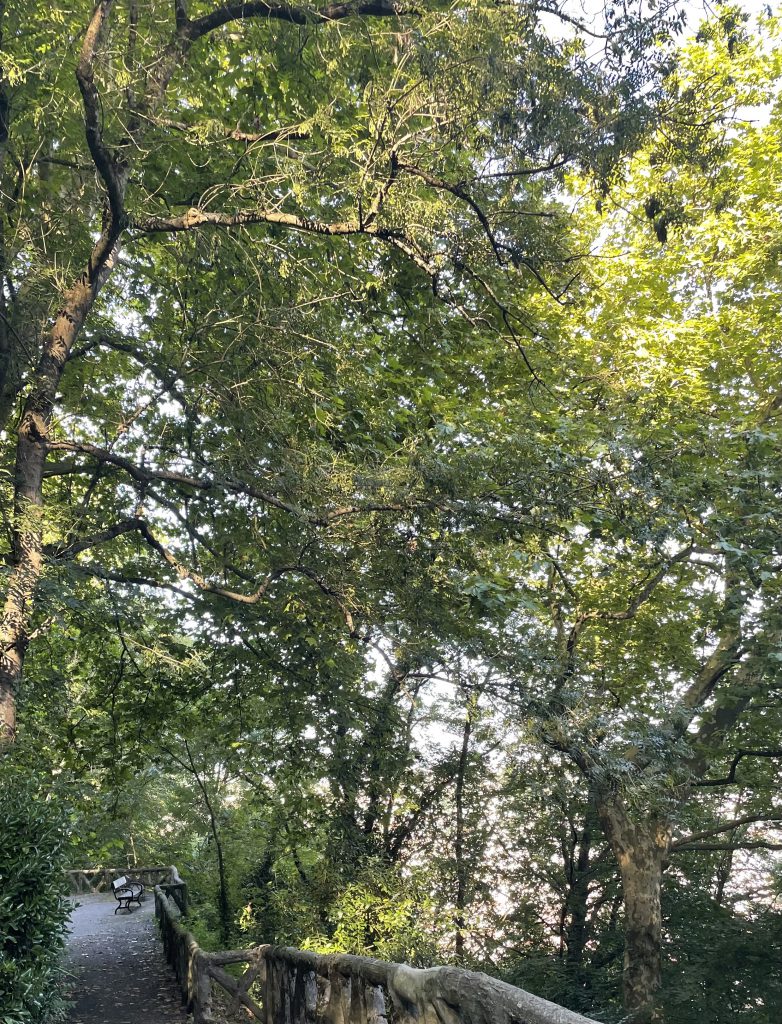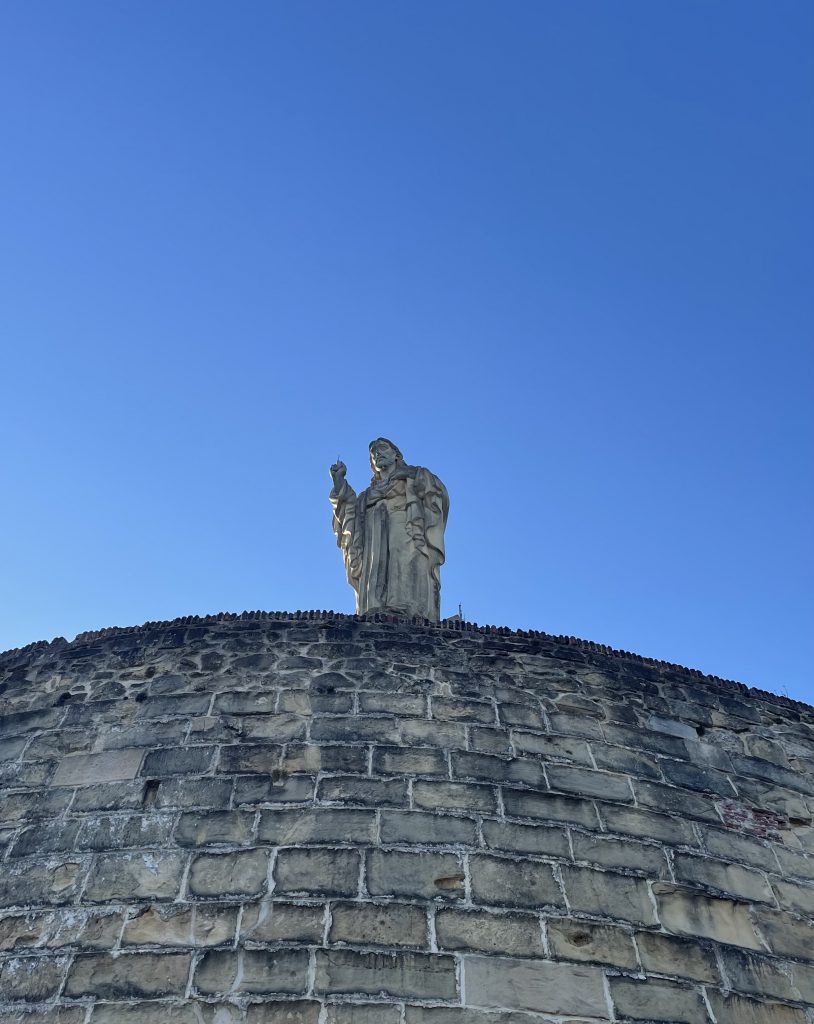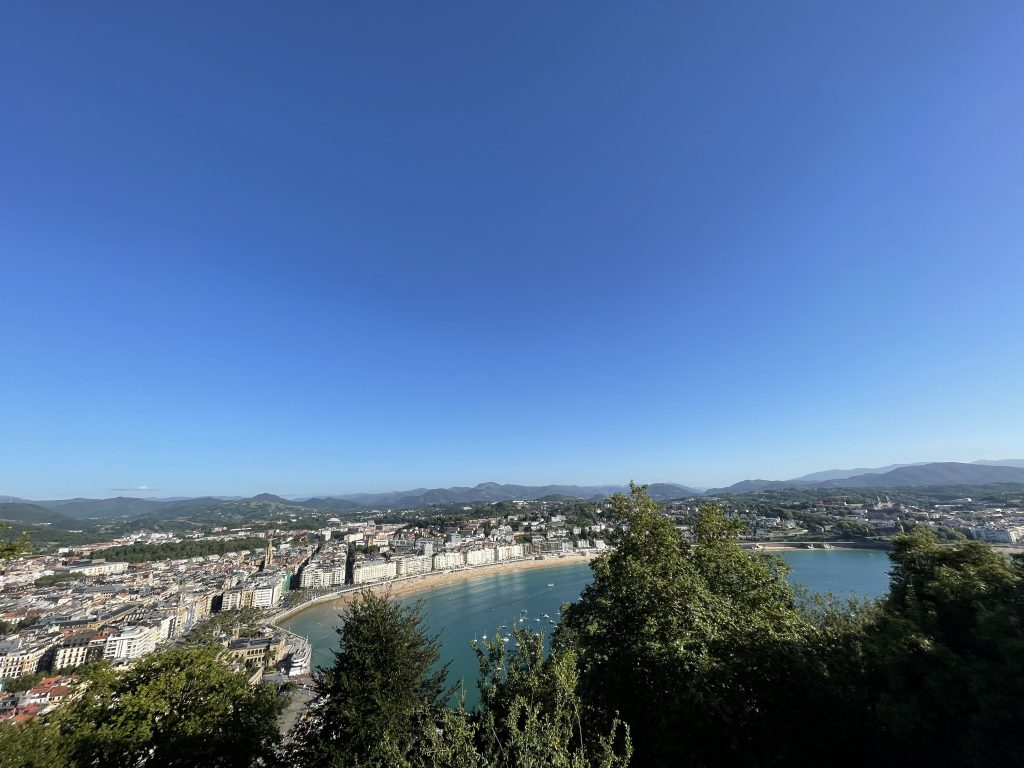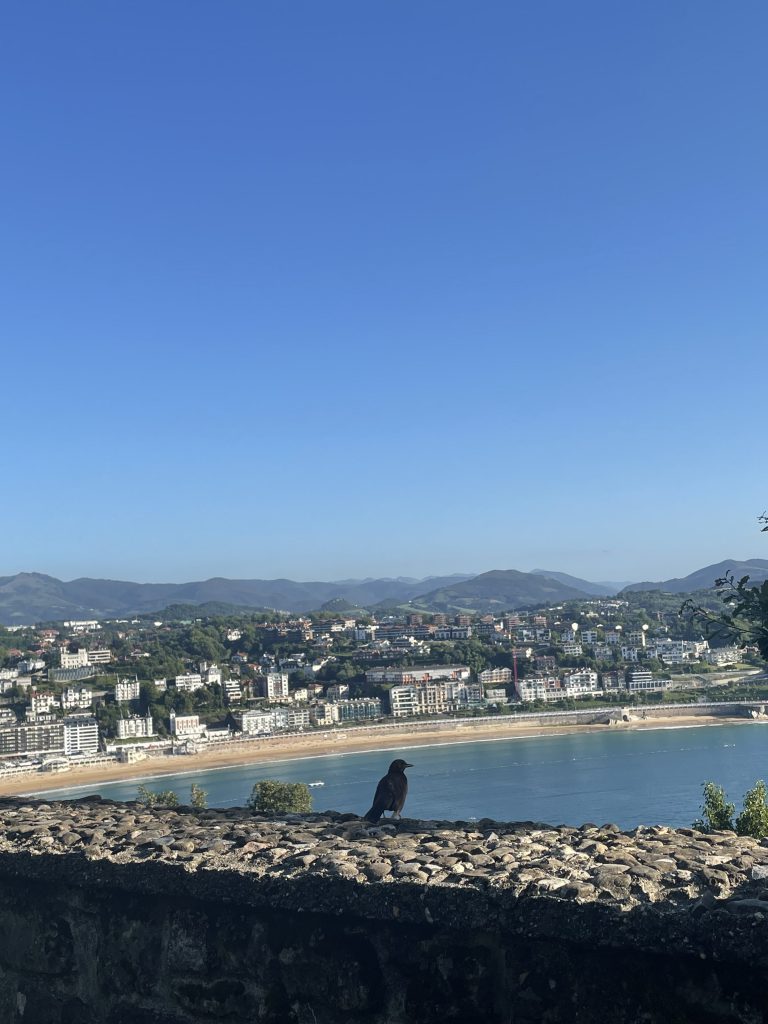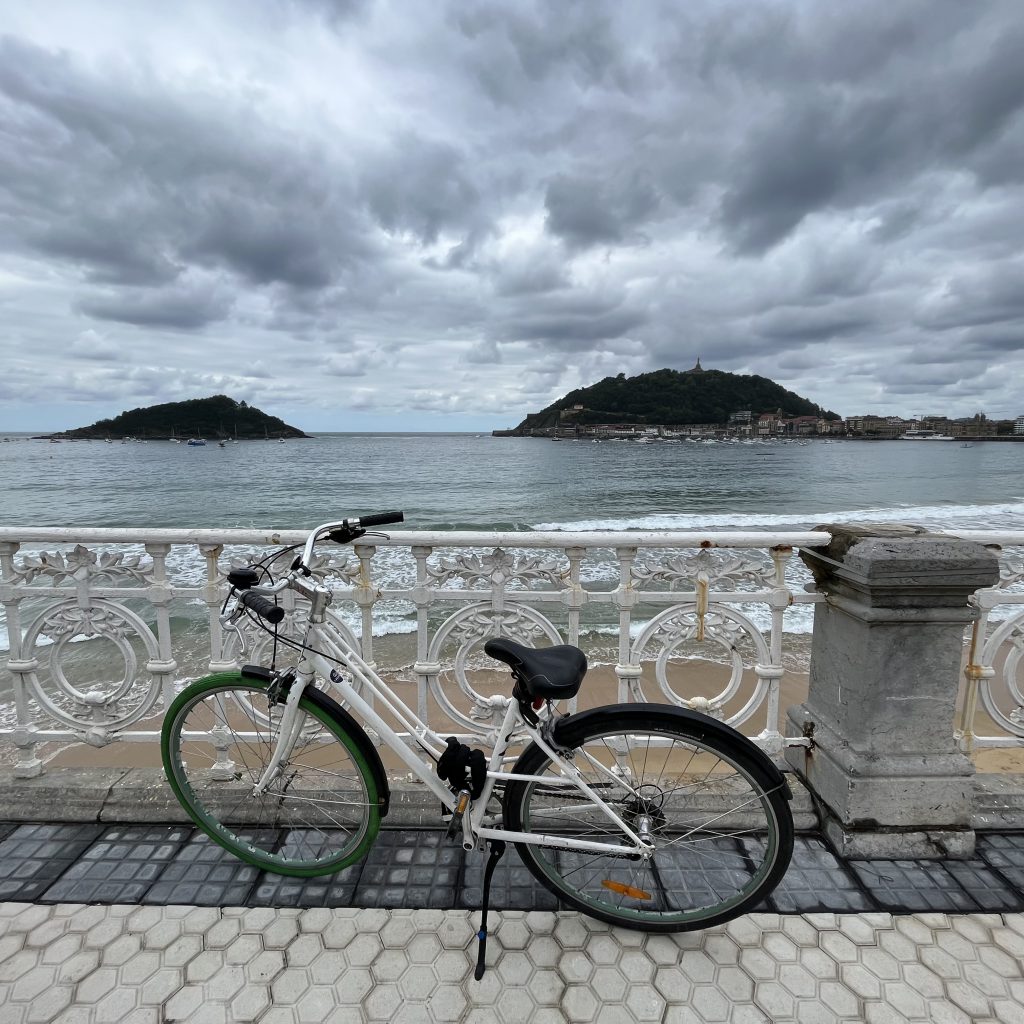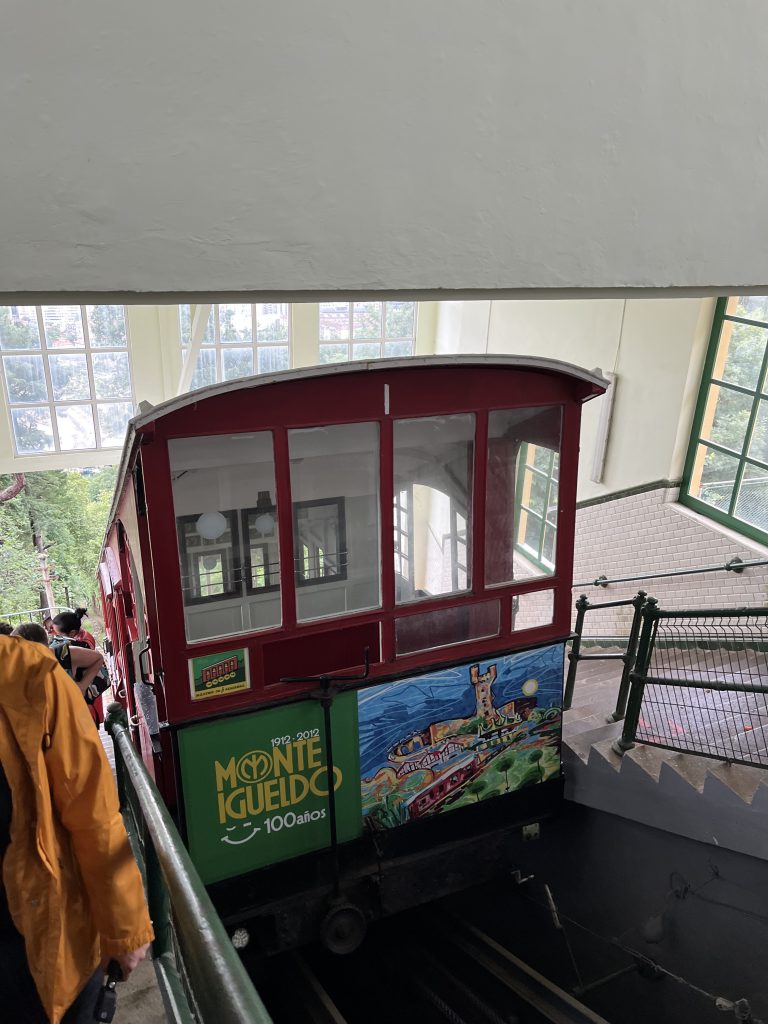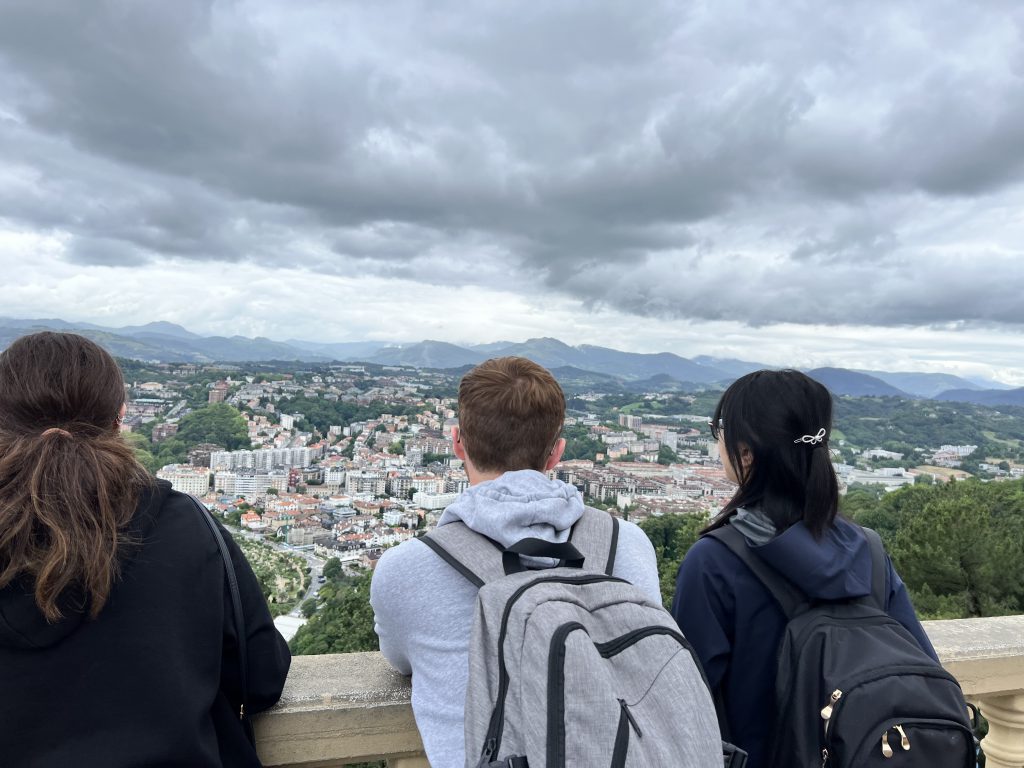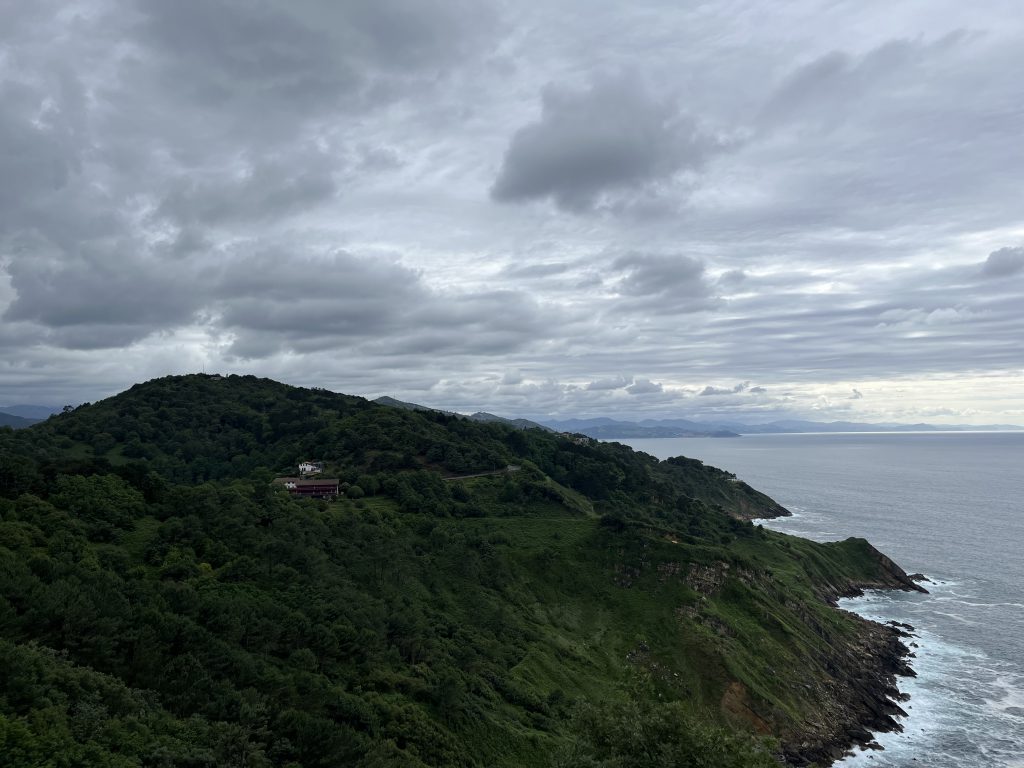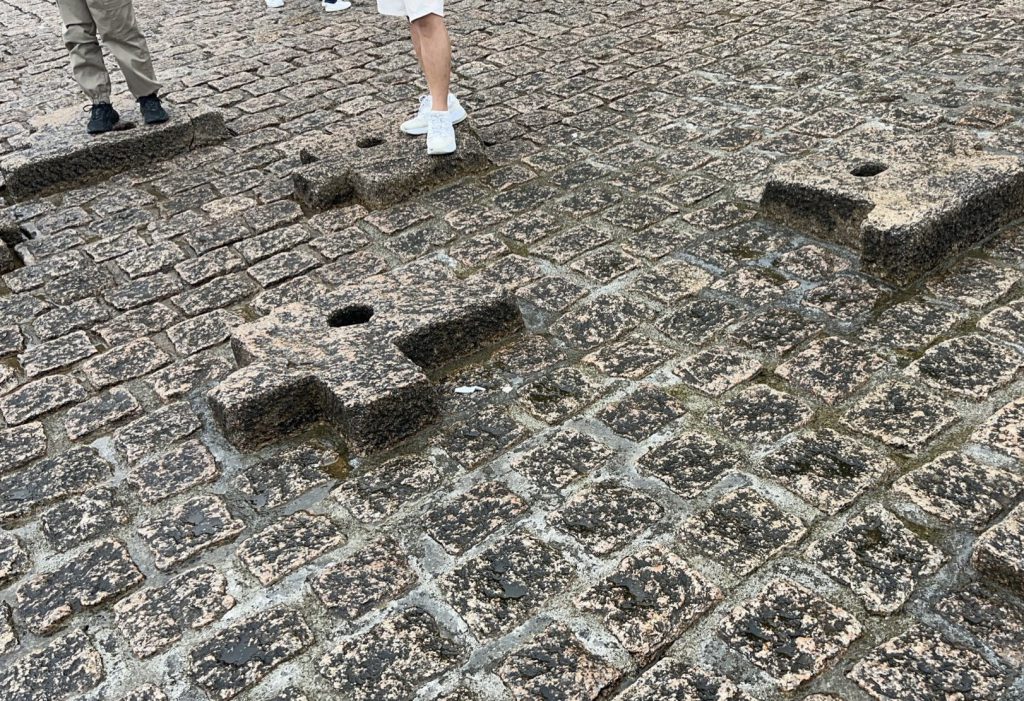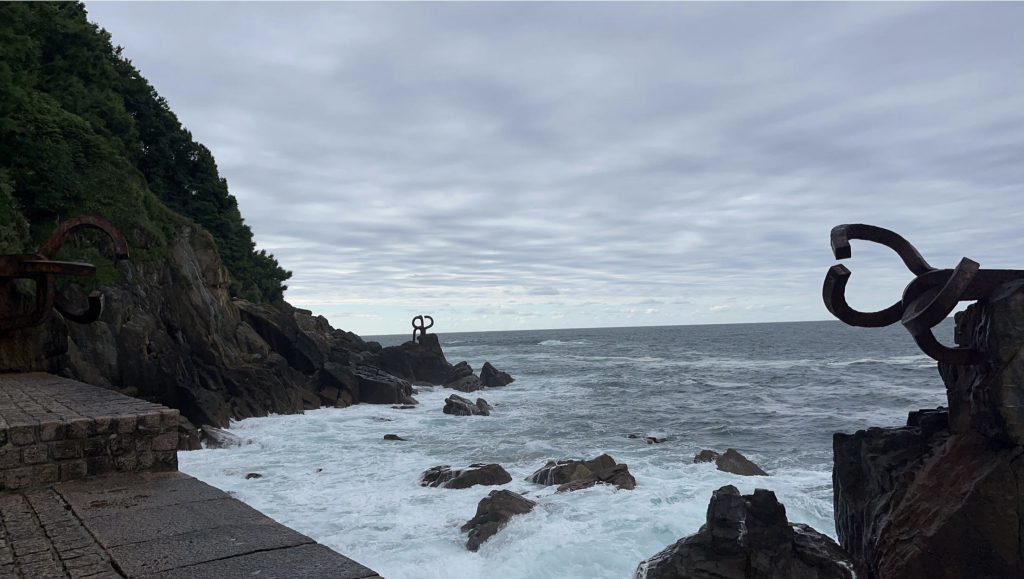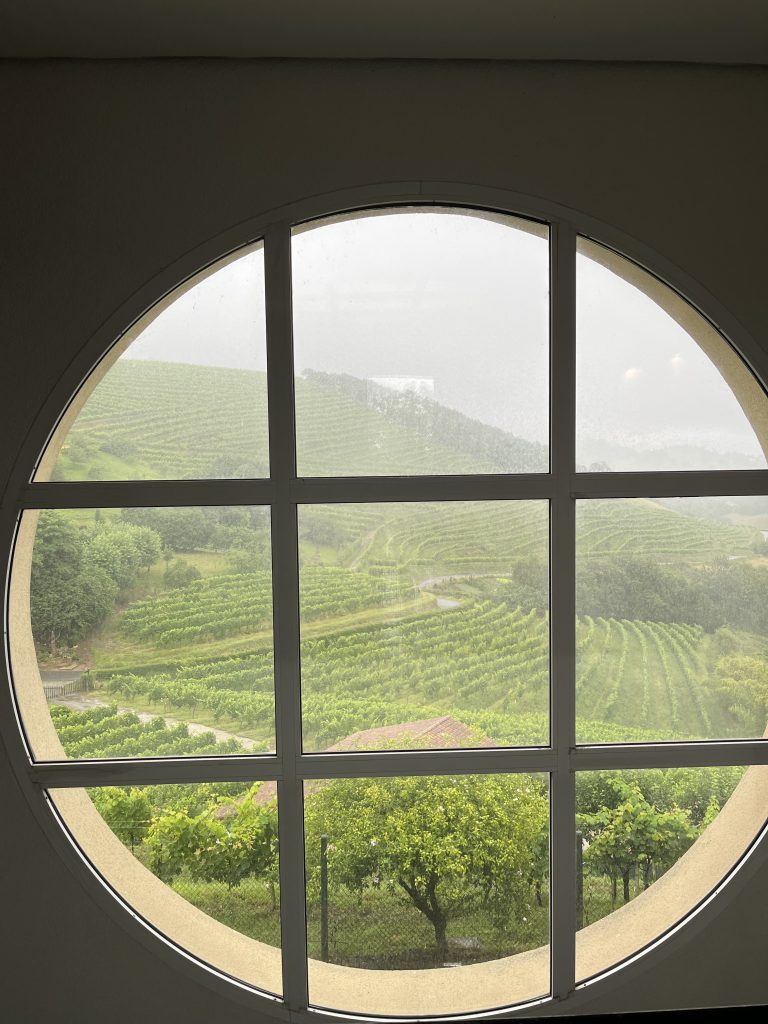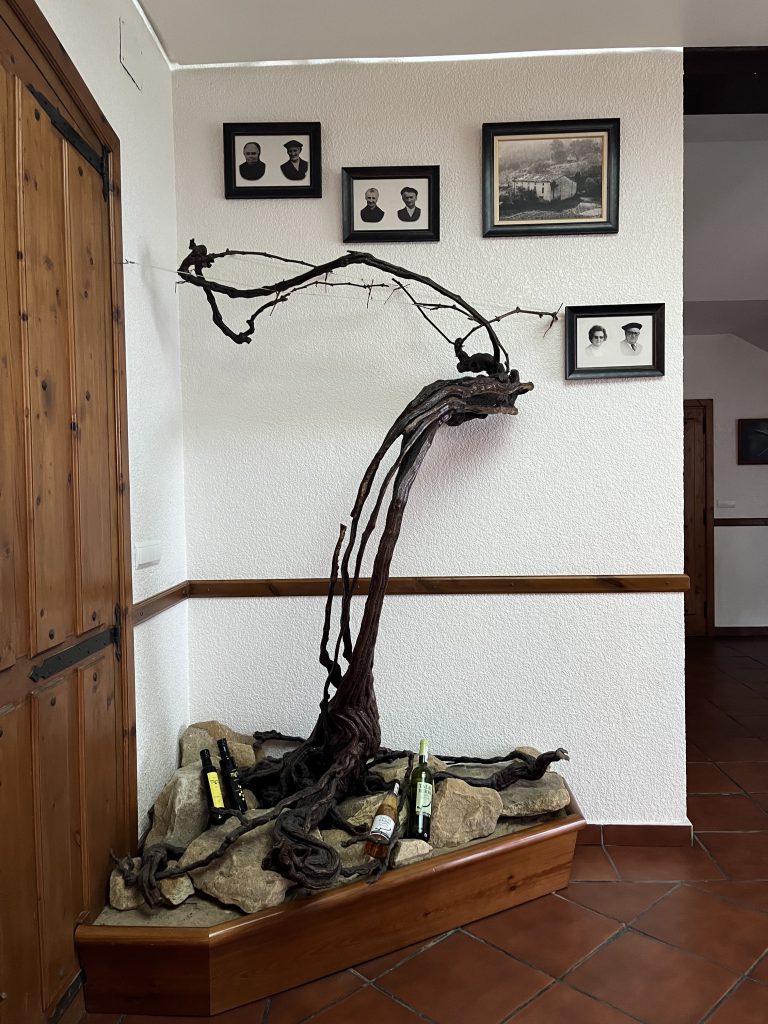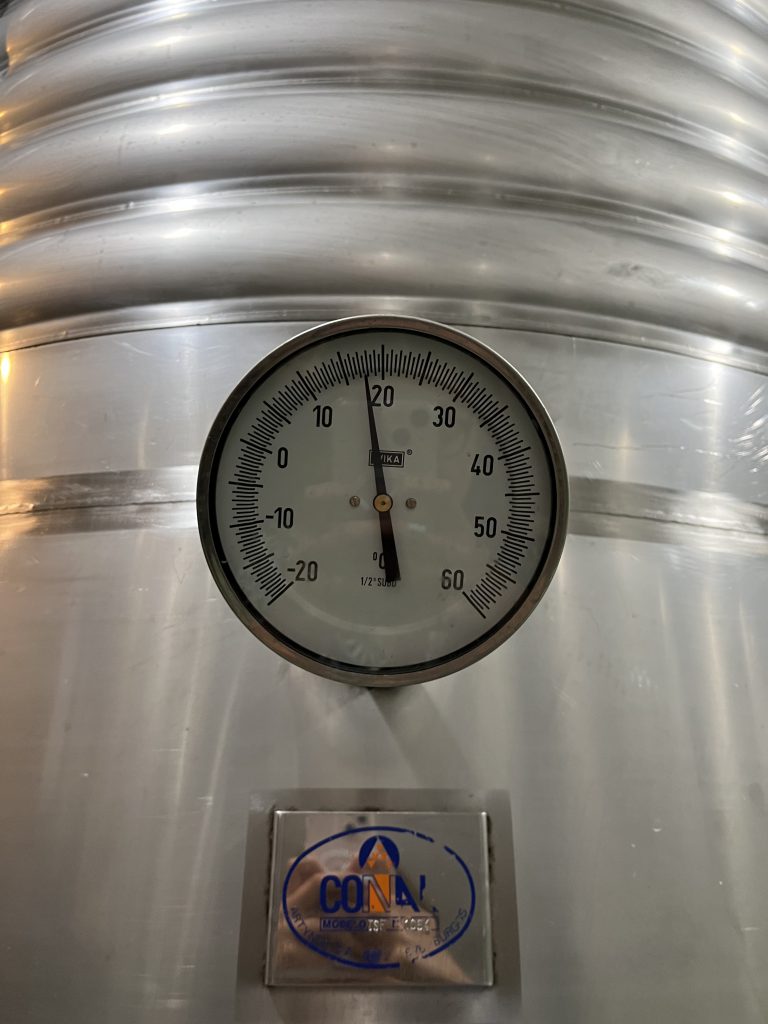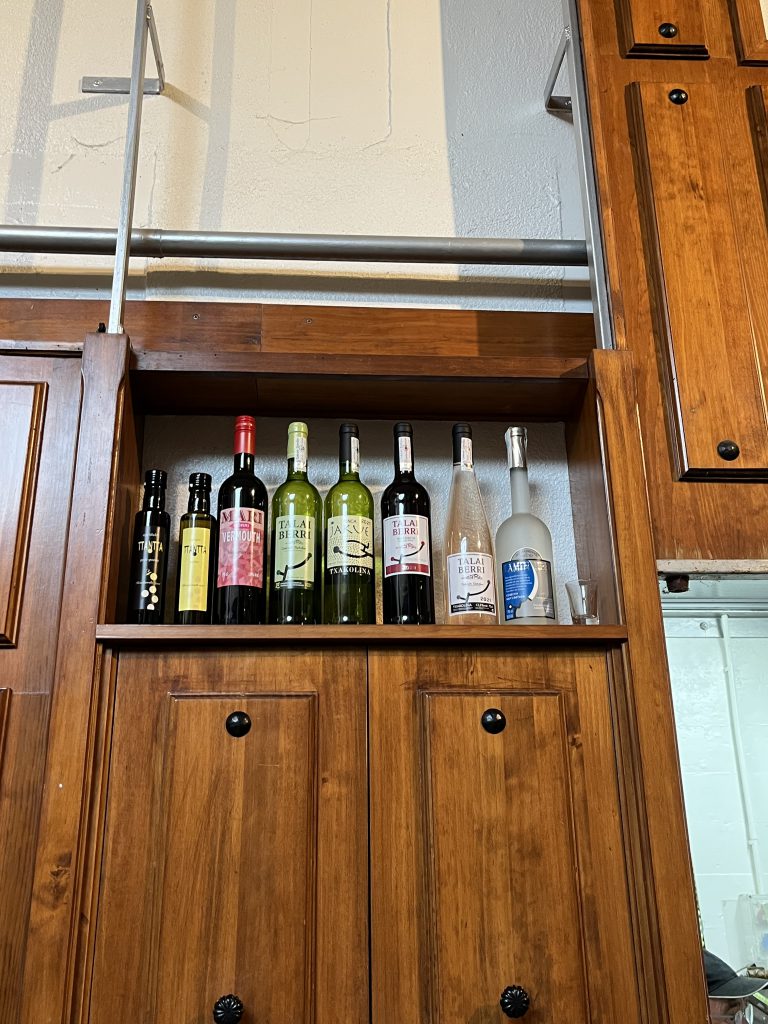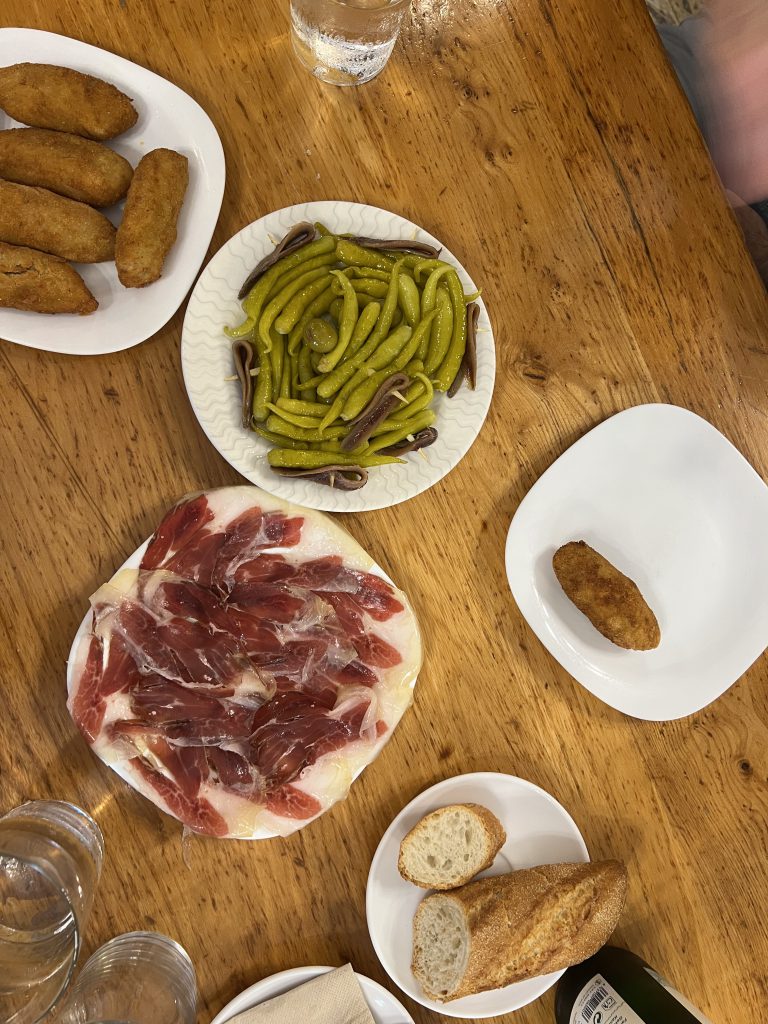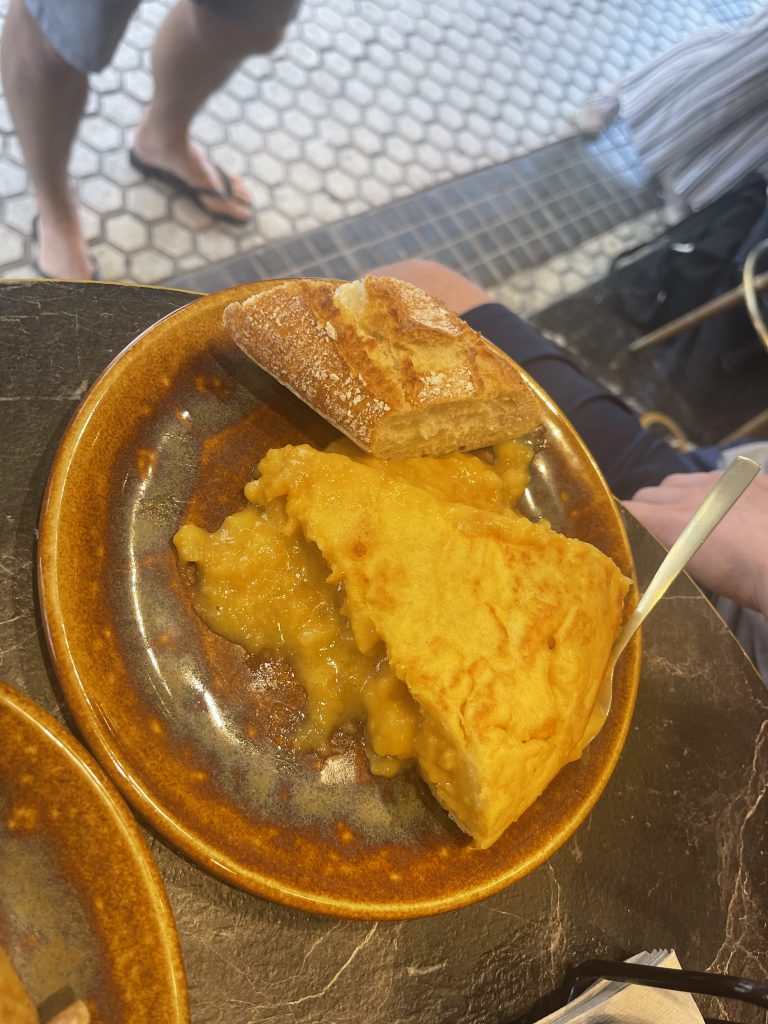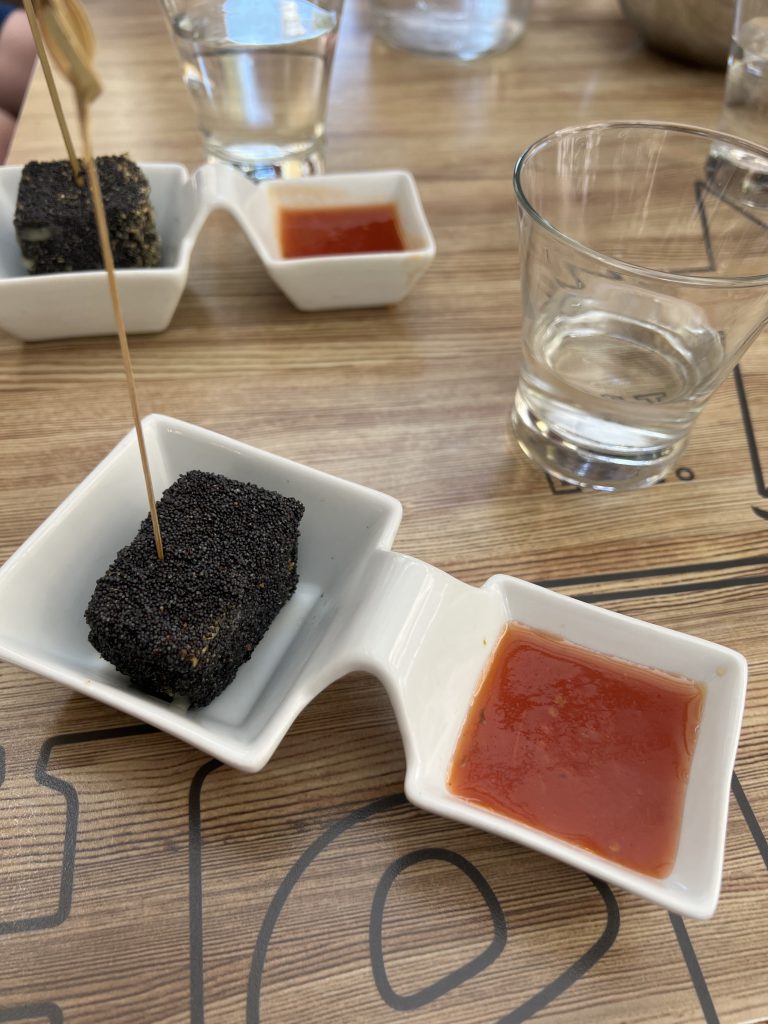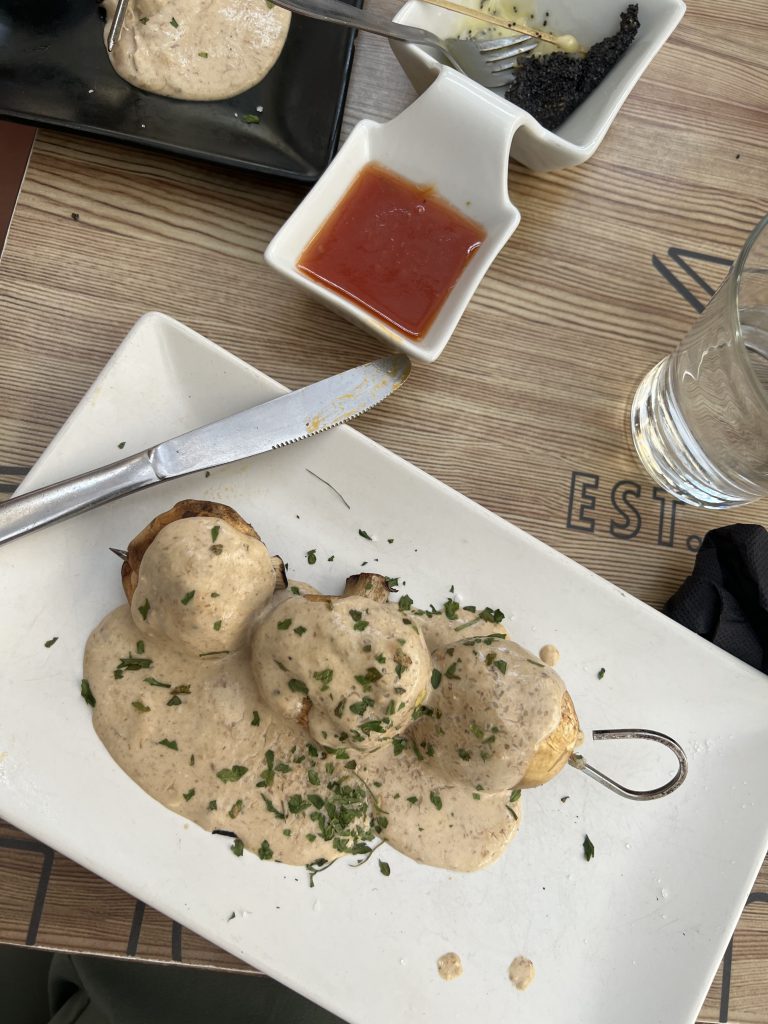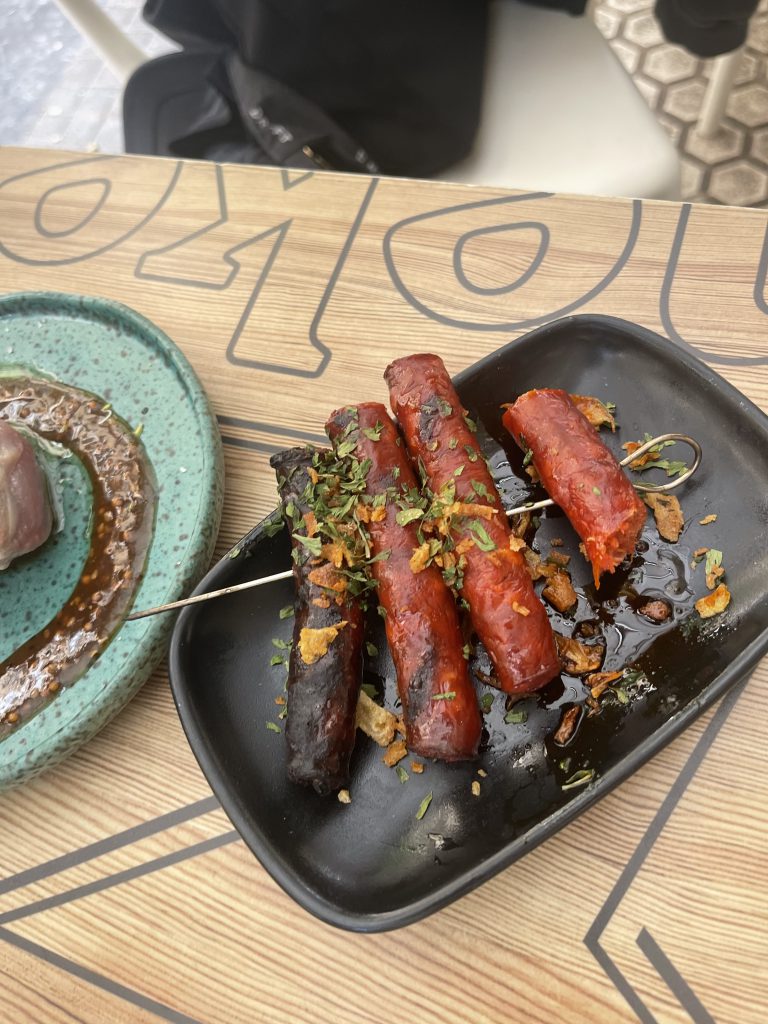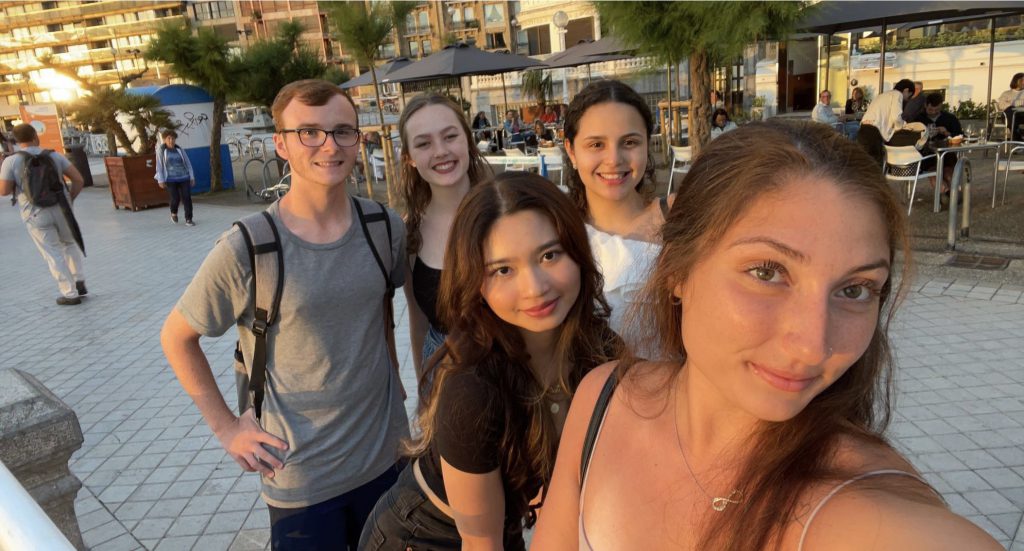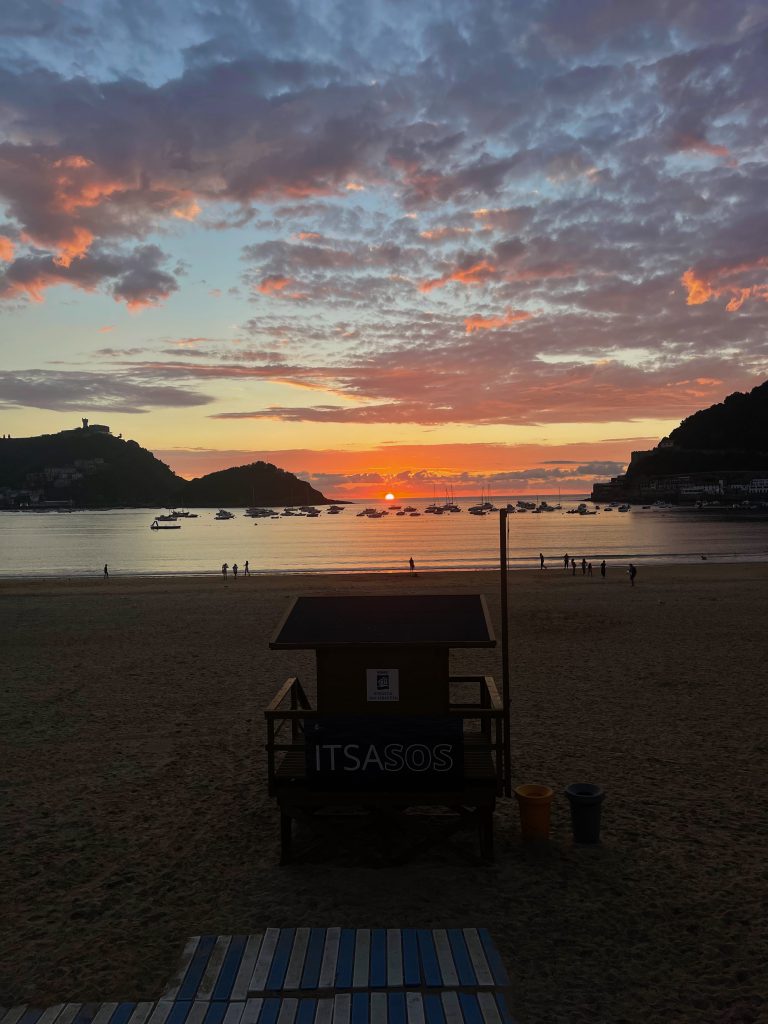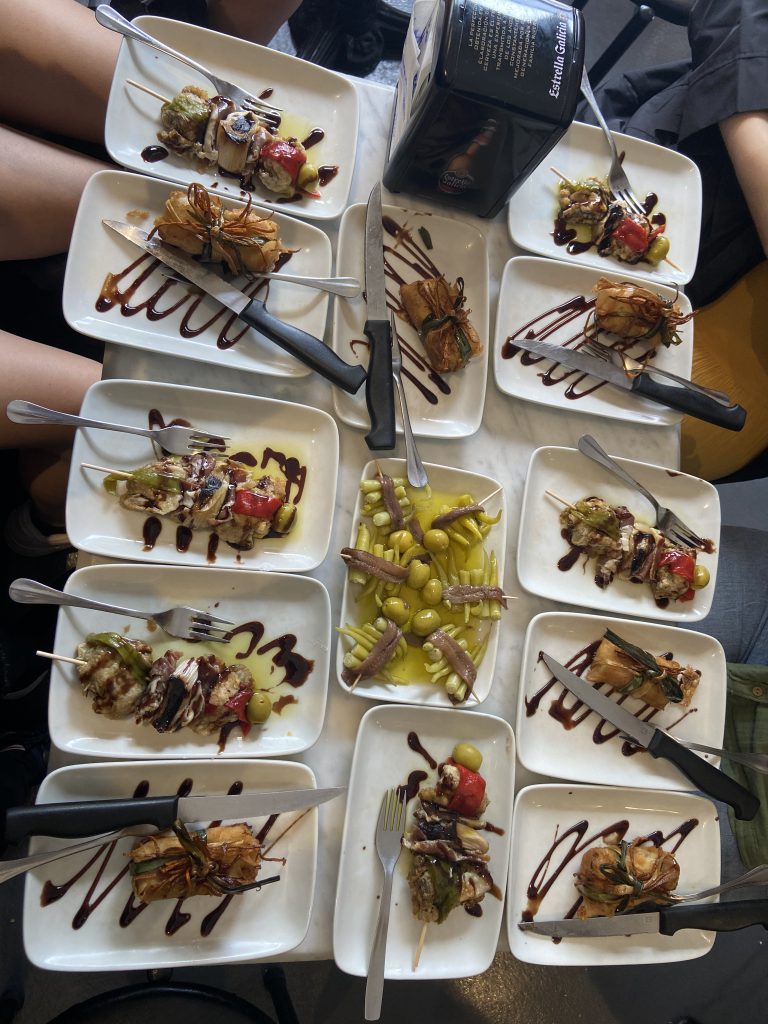As I am parting ways with San Sebastián I reflect on a trip of a lifetime. My fellow students and I hopped onto a plane and set off to study in a small city in Spain. We would later come to find out we were living in a unique city in the Basque country. Not your typical paella and tapa dishes one could expect upon traveling to España.
Now I almost do not want to write about how special this place is as I have found this city is so enjoyable because one can immerse themselves into the basque culture, rather than being a typical tourist sightseeing in large crowds. There is so much to learn about the Basque culture and this is because the people that live in San Sebastián want to share all these glorious aspects around town.
As a student that knew minimal Spanish it seemed crazy to pack up and head off to Spain, all though felt very at peace immediately once the Basque people were happy to assist in any way possible. Whether teaching small words in the homeland Basque language to later impress the next bartender you see or special lookout areas along the beaches to enjoy the sunset from. Often times I was greeted by a smile and the questionable hello? to give a warm welcome hoping my language was English. Little things like this are appreciated when in a foreign country. The warmth and lightheartedness felt within the city made San Sebastián feel like a home very quickly.
Session one did experience the true San Sebastián glories. Waking up with showers in the morning turning to a wonderful beach day come 1pm! A surprise like no other, as if it was meant to happen. Perhaps rain all day which led to exploring old town in which we were on the hunt to try some new pintxos. Whether it was squid in its own ink or the classic gilda pintxo with peppers and anchovies and olives, students were willing to try whatever was presented. Should there of been a question to which was our favorite pintxo or restaurant, most were too busy enjoying their time to remember each great things experienced. But, the spicy meatball at Bartolo is one to beat. Now after a couple days of being adventurous of course there were some trips to the Australian Açaí shop or the Italian restaurant for some pasta. Once there was sunshine and not a cloud in the sky students could not help but run to zurriola to swim in the large waves or even surf with some friends they had made at school. All these treasures cannot compare to another place, the weather can switch up and the basque are ready to conquer it as you should be too if traveling there!
With the city being designed around the wonderful beaches the corners of the city are very far apart in which a bike came in handy every single day. Every day there was a new encounter with these bike rides. Something was bound to happen within the 24 hour day right? Shoe laces and pants were commonly caught in the gears of the bike causing a masacre of grease that one can only laugh at. Maybe even when a shoe lace gets stuck the bike tips over and down goes the person along with the bike. These experiences made traveling around a lot more enjoyable. We laughed while getting yelled at police for riding down the wrong way or attempting to ride one handed to get our cameras out to capture the beautiful scenery on these glorious white and green bikes!
Now anyone traveling within Europe understands how easy it is to explore within trains and buses. I am very glad I took this opportunity to go and experience new places near San Sebastián. To those who enjoy fiestas and fun the San Fermin festival is for you. Held in Pamplona July 6-14th every year brings great fun and thrill. Bull runs or even if up to it bull fights, those weren’t for me. As well Madrid holds the Royal Palace and many gorgeous Plazas worth exploring for a few days.
San Sebastián will hold a special place in all of our hearts. Maybe even some will return to study more there. Take in the beauties each and every day, something I will live by after having a breathtaking 3 weeks!

